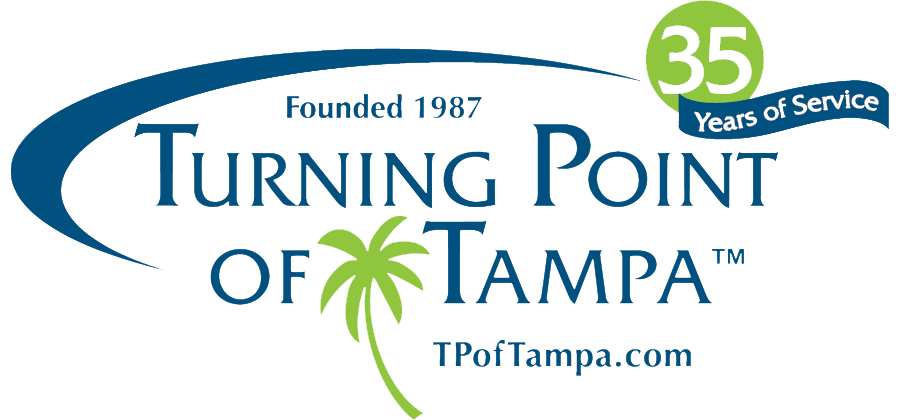If you are not already familiar with the AA Big Book, this article is designed to give a quick overview of its contents as well as its purpose. First published in 1939, the AA Big Book is formally known by the title “Alcoholics Anonymous : The story of how many thousands of men and women have recovered from alcoholism.”
Now in its Fourth Edition, the book Alcoholics Anonymous has helped millions of individuals recover from a “seemingly hopeless state of mind and body.” Unique for its time, the original edition of the book Alcoholics Anonymous and every edition thereafter contains the “basic text,” which is considered to be the first 164 pages. Personal stories of recovery from alcoholism follow this section.
AA’s Early Members
The early members applied these principles to their lives and realized the importance of connection in recovery. They knew it was important that the reader remain linked to other recovering alcoholics, through the message in the book. The first 164 pages outline a simple but profound program, which is meant to enable anyone suffering from alcoholism to realize and undergo some type of spiritual experience that will enable them to begin to find a way out of their illness.
The principles outlined here have been effective in helping millions of alcoholics to do just this. In the intervening years since its first publication, the book has been made available to many suffering alcoholics, both here and abroad. Additionally, these spiritual principles have been successfully adopted by many more thousands of people, enabling them to achieve abstinence and sobriety from other addictions as well.
The First Edition of the Alcoholics Anonymous Big Book
The Forward to the First Edition begins with these words:
We of Alcoholics Anonymous, are more than one hundred men and women who have recovered from a seemingly hopeless state of mind and body. To show other alcoholics precisely how we have recovered is the main purpose of this book.”
This edition includes sixteen stories of recovery from alcoholism.
First published in April 1939, the book Alcoholics Anonymous was called by one critic “the greatest redemptive force of the 20th Century”. Because of this book, many alcoholics who had reached a “bottom” that some had thought they would not survive eventually became newcomers seeking recovery from alcoholism.
The basic text of Alcoholics Anonymous was designed to allow the reader to remain linked to the ideas originally put forth by Dr. Bob and Bill W. Additionally, early members of Alcoholics Anonymous contributed personal stories of recovery to the book.
The Second Edition and the Third Edition of the Alcoholics Anonymous Big Book
AA’s basic text has remained the same throughout all editions of the Big Book. Alcoholics Anonymous has this to say:
Chapters describing the A.A. recovery program — the original 12 Steps — and the personal histories of A.A.’s co-founders remain unchanged since the original, while new stories have been added to the personal histories with each edition.
The U.S and Canada
The second edition was published in 1955, and according to the forward: in the sixteen years since the book’s publication in 1939, Alcoholics Anonymous had grown to “nearly 6000 groups”, and membership was estimated to be “far above 150,000 recovered alcoholics”.
By the time the Third Edition of the big book was published in 1976, there were more than 28,000 groups, with membership estimated to exceed 1 million recovering alcoholics.
The Fourth Edition of Alcoholics Anonymous Big Book
The Fourth Edition of the big book Alcoholics Anonymous came off the presses in November, 2001. Alcoholics Anonymous had almost doubled in size since the printing of the Third edition. At that time, there were an estimated 2 million members, and nearly 108,000 groups, meeting in approximately 150 countries around the globe.
In the Fourth Edition, sixteen stories have been retained from the Third Edition, and there are twenty four new stories, including stories in the section Part I, “Pioneers of AA”, beginning with “Dr. Bob’s Nightmare”. These stories help the reader remain linked to the history and development of Alcoholics Anonymous. Additionally, twenty four new stories have been added in Part III.
Contemporary sharing of the message in this book continues today, as the big book of Alcoholics Anonymous is now available in over 50 languages, and is also available in hardback, paperback, audiotape, Braille and filmed sign language editions.
There is a Solution
The chapter titled “There is a Solution” follows Bill’s Story and states unequivocally, “the tremendous fact for every one of us is that we have discovered a common solution” to alcoholism.
This chapter introduces the idea that alcoholism is a disease, and that an ex-problem drinker is better able to carry the message of hope to another suffering alcoholic more effectively than a family member, for instance. The early members of AA knew that an ex-problem drinker had the ability to win the confidence of another alcoholic in a very short time, simply by sharing their own experiences honestly and openly.
More About Alcoholism
Chapter 3 lays out the plain truth about the illness of alcoholism, from listing the methods we have used to try and control our drinking. In this this chapter we are informed that alcoholism is “a progressive illness that gets worse, never better”. Doctors and psychiatrists had known for a long while that just telling a drinker that he was putting his entire life and health in jeopardy was an insufficient reason to motivate an alcoholic to quit drinking.
Additionally, this chapter goes on to tell us that alcoholics who have lost the ability to control their drinking, are unlikely to ever recover control. The term “real alcoholic” is used multiple times to emphasize the seriousness of this condition, and goes on to describe the problem drinker’s behavior patterns in detail.
We Agnostics
Alcoholics Anonymous is a spiritual program, and is not affiliated with any religion. The chapter titled “We Agnostics” addresses the idea that to undergo some sort of spiritual experience is part of the recovery process. AA allows absolute freedom of thought in this regard, and allows that some individuals may have trouble with this concept. The chapter is aimed at those with no religious background, and to those who may be either agnostic or atheist.
The writers of the book felt it was important to stress that the program of Alcoholics Anonymous is in no way “religious”, that members are free to form their own idea of a higher power. But – don’t be put off that the word God is used in this book many times, to describe this idea.
How It Works
The chapter titled How it Works explains the twelve steps in detail, and begins with the words: “Rarely have we seen a person fail who has throughly followed our path”, and that if you have the desire to stop drinking, and are “willing to go to any length, then you are ready to take certain steps.” This section also includes the admonition that, “half measures availed us nothing”.
This chapter in the book Alcoholics Anonymous begins to explain the steps and emphasize how each one can be applied to a plan of recovery from alcoholism. Additionally, this chapter has fairly clear cut directions for working each step toward freedom from addiction.
Sponsorship
There are no references in the basic text that refer getting a sponsor. Although sponsorship is not discussed, the idea of working with others is. Consider that the first 100 people, the early AA members, were helping and supporting one another by meeting regularly and reading this book. They were unknowingly sponsoring each other. It is not until 1955, with the publication of the Twelve Steps and Twelve Traditions by Alcoholics Anonymous World Services, that the idea of sponsorship was formally introduced.
Ideally, a sponsor is an individual that has successfully worked all 12 Steps and has some qualities that newcomers seeking recovery desire to develop in themselves. Early members applied these principles to their lives because they felt they had no other choice. So, it is important to accept that if you plan on sticking around and want to begin working the steps, getting and using a sponsor will make the difference between success and failure.
Personal experiences
The Fourth Edition includes 42 personal stories which begin after the basic text and enumerate these ex-problem drinkers individual battles with alcoholism, and eventual success in recovery through involvement in the 12 step process.
The Appendices
After the personal stories conclude there is a section of appendices. These are meant to be informational and include short articles on such topics as: “The Religious view on AA”, “The Spiritual Experience” and “The Medical View on AA”.
The Twelve Traditions
The long and short form of the Twelve Traditions have been included in the Appendices section. The long form goes into more detail with regard to the meaning and purpose of each Tradition.
The Twelve Concepts
Just as the 12 Steps are designed for personal recovery, and the 12 Traditions are designed to ensure the unity of Alcoholics Anonymous itself, The Twelve Concepts for World Service are included here and are intended as a guideline for AA’s service structure to help ensure it remains “responsive and responsible to those they serve.”
The Twelve Principles
Finally, the ideals which are embodied in each of the 12 Steps, the 12 Traditions and the 12 Concepts are referred to as The Principles. These include such qualities as honesty, perseverance, brotherhood and many others.
The book Alcoholics Anonymous introduced what has been called a simple but profound program. The basic text, as well as the personal stories, have enabled many hopeless individuals to achieve and maintain sobriety. Employing these principles in their lives has allowed many ex-problem drinkers to recover from a hopeless state, and to act their way into a new way of thinking.
Turning Point of Tampa
Turning Point of Tampa offers a full continuum of care for alcoholism and drug addiction, offering services for Medical Detox, Residential Treatment, Day Treatment with housing (PHP), and Intensive Outpatient Treatment (IOP) We also provide eating disorder and dual diagnosis treatment options.
Turning Point Of Tampa is In-Network with most major medical insurance companies. The American Medical Association declared alcoholism to be a disease in 1956. This means that alcoholism and drug addiction should be treated as a medical condition, which will allow you to use your health insurance to get help for your addiction.
Turning Point of Tampa’s goal is to always provide a safe environment and a solid foundation in 12-step principles, quality individual and group therapy, and excellent medical care. We have been offering Licensed Residential Treatment for Substance Abuse and Alcohol Use Disorder, Eating Disorders and Dual Diagnosis in Tampa since 1987. If you need help or know someone who does, please contact our admissions department 24 hours per day.
Sources:
https://www.aa.org/the-big-book
https://en.wikipedia.org/wiki/The_Big_Book_(Alcoholics_Anonymous)







